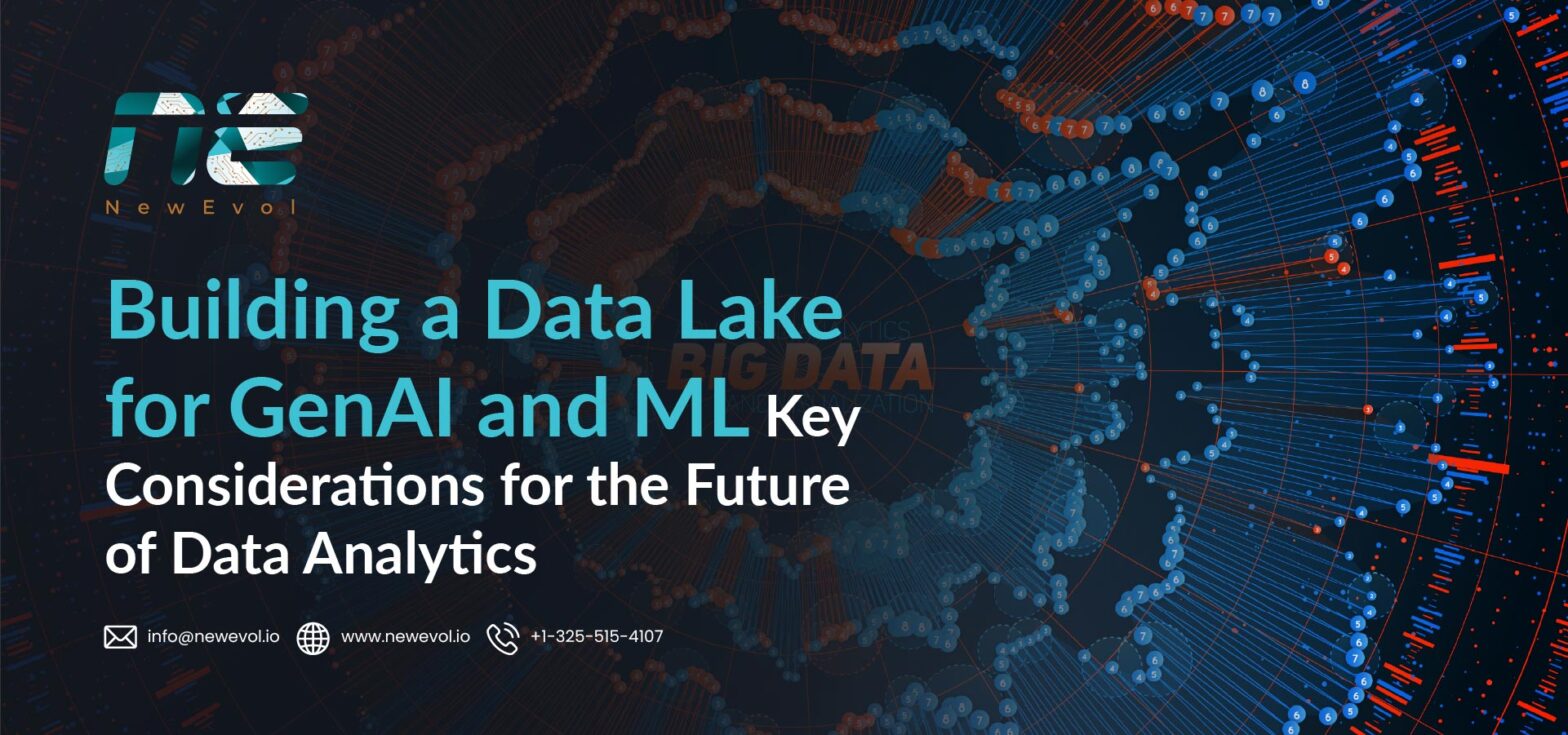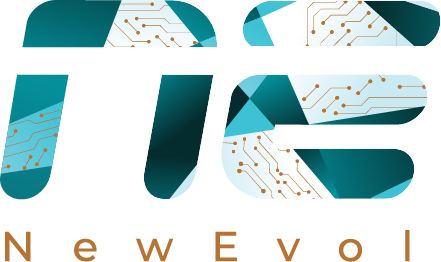Building a Data Lake for GenAI and ML

The next wave of digital transformation is being powered by Generative AI (GenAI) and Machine Learning (ML) — technologies that rely on massive volumes of clean, contextual, and connected data. But most enterprises still struggle with fragmented data silos, inconsistent governance, and legacy architectures that can’t support the scale or speed required by modern AI models.
Cloud-native data lakes cut total data management costs by 35%, proving efficiency and scalability can coexist.
This is why data lakes have become the cornerstone of AI-ready infrastructure. They provide a unified environment to store, organize, and process raw data at scale, enabling seamless access for analytics, training, and experimentation.
For Malaysian enterprises accelerating their AI journeys — across sectors like banking, manufacturing, telecom, and government — building a future-proof data lake is not just a technical initiative. It’s a strategic investment in intelligence.
Why Traditional Data Warehouses Fall Short
Traditional data warehouses were designed for structured, transactional data — not for the complex, high-volume, unstructured data that AI and ML depend on.
They require predefined schemas, rigid transformations, and manual scaling — making them slow and costly to adapt. In contrast, data lakes can ingest all data types — structured, semi-structured, and unstructured — from multiple sources in real time.
In Malaysia, where enterprises are adopting hybrid and multi-cloud strategies, this flexibility is critical. A data lake architecture provides agility, enabling organizations to:
- Centralize operational, IoT, and customer data across environments.
- Maintain compliance with PDPA (Personal Data Protection Act) while ensuring accessibility for AI workloads.
- Accelerate insight generation by breaking down silos between business units.
Simply put, you can’t build GenAI on top of yesterday’s data systems.
The Role of Data Lakes in GenAI and ML
A modern data lake serves as the foundation for every AI and ML pipeline — from model training and validation to deployment and retraining.
Here’s how:
- Unified Data Access: AI models need vast, diverse datasets. A data lake enables ingestion from CRMs, sensors, web logs, and external feeds — all in one place.
- Scalability: As AI workloads grow, so does data volume. Cloud-native data lakes scale elastically, allowing enterprises to expand storage and compute on demand.
- Advanced Processing: Integrated engines like Spark, Presto, or Databricks enable real-time analytics, feature engineering, and model training directly on the lake.
- Cost Efficiency: Pay-as-you-go architectures make it affordable to store and analyze petabytes of data without overprovisioning infrastructure.
- AI Integration: Data lakes act as the training ground for GenAI — feeding LLMs (Large Language Models) with the contextual data needed for accuracy and relevance.
Key Considerations When Building a Data Lake for AI and ML
Designing a data lake that truly supports GenAI and ML requires a blend of technical foresight, governance, and scalability. Below are the six key considerations every Malaysian enterprise should prioritize.
1. Data Ingestion and Integration
Data comes in from countless systems — ERP, IoT sensors, cloud services, mobile apps, and third-party APIs.
Your architecture must support real-time, batch, and streaming ingestion to handle diverse formats like JSON, CSV, video, or telemetry.
Tip: Use a data ingestion pipeline with schema-on-read capability — it allows flexibility for AI model experimentation without rigid preprocessing.
2. Metadata and Cataloging
A successful data lake isn’t just about storage; it’s about discoverability. Without metadata, your lake becomes a swamp.
Metadata catalogs classify datasets by source, type, and relevance — making it easier for data scientists and AI engineers to locate and use what they need.
Adopt tools that support automated tagging, lineage tracking, and data quality scoring for ML readiness.
3. Data Governance and Security
In Malaysia’s regulated environment, data privacy and governance are non-negotiable.
Integrate strong governance controls into your data lake from day one — including encryption, masking, role-based access, and PDPA compliance frameworks.
Modern architectures also support policy-driven access control, ensuring that sensitive data used for AI training is properly anonymized and monitored.
4. Data Quality and Preparation
GenAI and ML models are only as good as the data they learn from.
Building a reliable data preparation layer ensures consistency, accuracy, and completeness before the data feeds into analytics or training pipelines.
Include automated pipelines for:
- Cleansing and deduplication
- Feature extraction and normalization
- Data labeling and enrichment for supervised learning
High-quality data translates directly to higher-performing AI outcomes.
5. Scalability and Cloud Strategy
Malaysia’s enterprise landscape is rapidly embracing multi-cloud ecosystems — AWS, Azure, GCP, and local providers.
A next-gen data lake should be cloud-agnostic, supporting hybrid models that can move data seamlessly between clouds and on-prem systems.
This flexibility enables cost optimization, resilience, and data sovereignty, ensuring compliance with Malaysia’s evolving digital policies.
6. AI and ML Enablement
Finally, a data lake should not just store data — it should activate intelligence.
Integrate ML platforms (like TensorFlow, PyTorch, or NewEvol’s AI engines) directly into your lake environment.
Enable self-service analytics for data scientists to build, test, and retrain models without moving data between systems.
The result is a continuous learning ecosystem, where every new dataset improves your AI accuracy and business foresight.
Data Lakes and GenAI: The Symbiotic Future
Generative AI thrives on context-rich, high-quality data. Data lakes serve as the “memory” that fuels GenAI models — providing access to structured enterprise data, unstructured documents, and multimedia inputs all at once.
Imagine a Malaysian bank using GenAI to personalize customer engagement. The model learns from structured transaction data, semi-structured CRM records, and unstructured voice transcripts — all unified in a single lake.
This convergence allows enterprises to move from simple automation to data-driven innovation, where insights evolve continuously as the data does.
Challenges to Overcome
Despite the benefits, enterprises must be mindful of key challenges:
- Data Swamp Risks: Without governance, large volumes of raw data can become unusable.
- Integration Complexity: Legacy systems and diverse formats require strong data orchestration frameworks.
- Skill Gaps: Malaysia still faces a shortage of skilled data engineers and ML practitioners capable of managing large-scale lakes.
- Cost Management: Cloud-scale storage can expand rapidly without proper lifecycle policies.
Addressing these challenges early ensures your data lake remains a strategic asset, not an operational burden.
How NewEvol Simplifies AI-Ready Data Lakes
NewEvol’s Data Intelligence Platform is designed to bridge raw data and actionable AI. It provides a unified, scalable foundation for enterprises building data lakes optimized for GenAI, ML, and advanced analytics.
NewEvol Advantage:
- Unified Data Fabric: Integrates data from any source — structured, semi-structured, or unstructured — in real time.
- AI-Driven Indexing: Uses ML algorithms for metadata discovery and smart cataloging.
- Elastic Cloud Scalability: Adapts dynamically to enterprise workloads.
- Data Security by Design: Built-in encryption, tokenization, and compliance for PDPA and ISO 27001.
- Plug-and-Play AI Integration: Seamlessly connects with GenAI frameworks and ML pipelines for continuous model improvement.
NewEvol enables Malaysian organizations to turn data into an intelligent engine that supports innovation, compliance, and strategic foresight.
The Future: Data Lakes as the Core of Intelligent Enterprises
As Malaysia moves toward Industry 4.0 and AI-driven national strategies, data lakes will evolve into data ecosystems — integrated, intelligent, and autonomous.
Future-ready enterprises won’t just store information; they’ll contextualize and operationalize it, driving predictive insights, automated decision-making, and business resilience.
In that future, data lakes will no longer be back-end storage systems — they’ll be the living foundation of enterprise intelligence.
FAQs
1. Why are data lakes important for AI and ML?
They provide scalable, unified access to raw and structured data required to train and optimize AI models.
2. How do data lakes support Generative AI?
They store diverse, contextual data — text, images, voice — that GenAI models need for creative and accurate outputs.
3. What’s the main challenge in building a data lake?
Maintaining data quality and governance while managing scale and cost.
4. Are data lakes compliant with Malaysia’s PDPA?
Yes, with proper access control, anonymization, and encryption built into the design.
5. How does NewEvol help?
By offering a secure, AI-ready data platform that unifies ingestion, cataloging, analytics, and compliance in one intelligent architecture.

